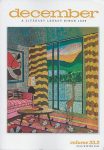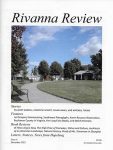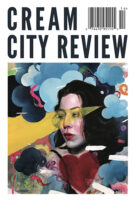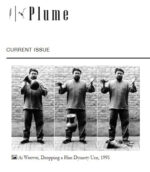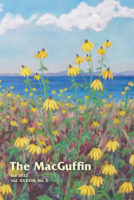Magazine Stand :: Waxing & Waning – Issue 10

For Issue 10 of Waxing & Waning, the editors went with their standard call: “We want what’s on the fringe. Whatever is deep and true. The moon represents this idea: what is dark, what is brooding, what is wild, what is crescent and changing. We want to feed the beast in you, the one buried beneath layers of manners and anxiety and internet induced abyss, repetition, and relative sameness. Work submitted to Waxing & Waning should be honest and well-executed. It should scream coherently; it should bring experiences and knowledge out of us that we have not seen before. It should rip out our black hearts and put them in front of our eyes. Bring us the work everyone else is afraid of. Bring us the work you’re afraid of. Bring us the work that gets at the trueness frightening you out of the routine. In a world blanketed in monotony—we seek to search outside of ourselves so we can better love, give love, and sacrifice for whatever art could bring. We hope to wax in truth and wane into poetics—to shelter ourselves from reality. To bathe in the light of the moon.”
Stepping up to meet this call for Issue 10 are contributions of poetry by A.N. DeJesus, Esme DeVault, Benjamin Green, Marian Shapiro, Taunja Thomson, and Andrew Walker; fiction by Robert Cramblitt, Max Firehammer, Joseph Morice, Chris Motto, Elizabeth Quirk, Eugene Radice, Douglas Steward, and Rebecca Wood; creative non-fiction by Mackenzie Broderick, Christie Green, Joan Halperin, Melanie Reitzel, and Anne-Christine Strugnell; art by Katie Allcorn, Karyna Aslanova, Gianna Sozzi, and Alice Teeple; a play by Paul Antokolsky; and Editor’s Note by Lance Ümmenhofer.
Waxing & Waning is published under the April Gloaming Publishing imprint, which includes a special focus on Southern literature as well as novels, memoirs, poetry collections, and anthologies. Print copies of Waxing & Waning and the Waxing & Waning Presents Series can be purchased here: www.aprilgloaming.com/shop



